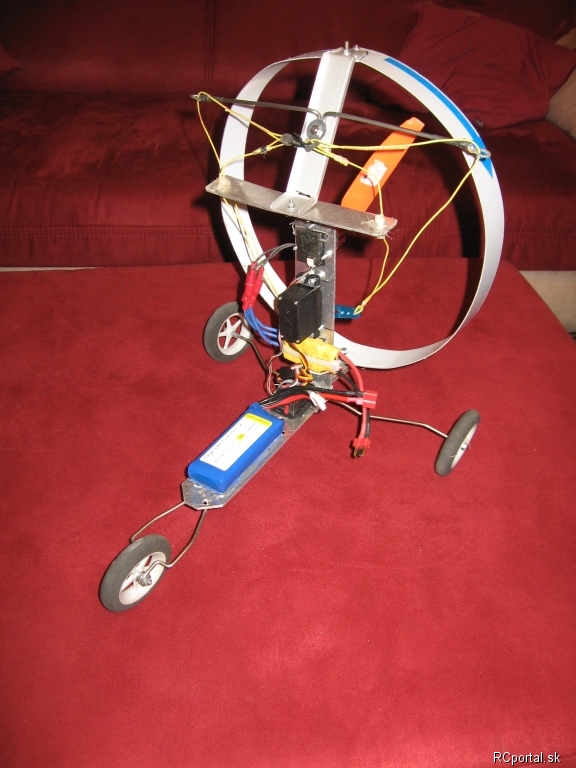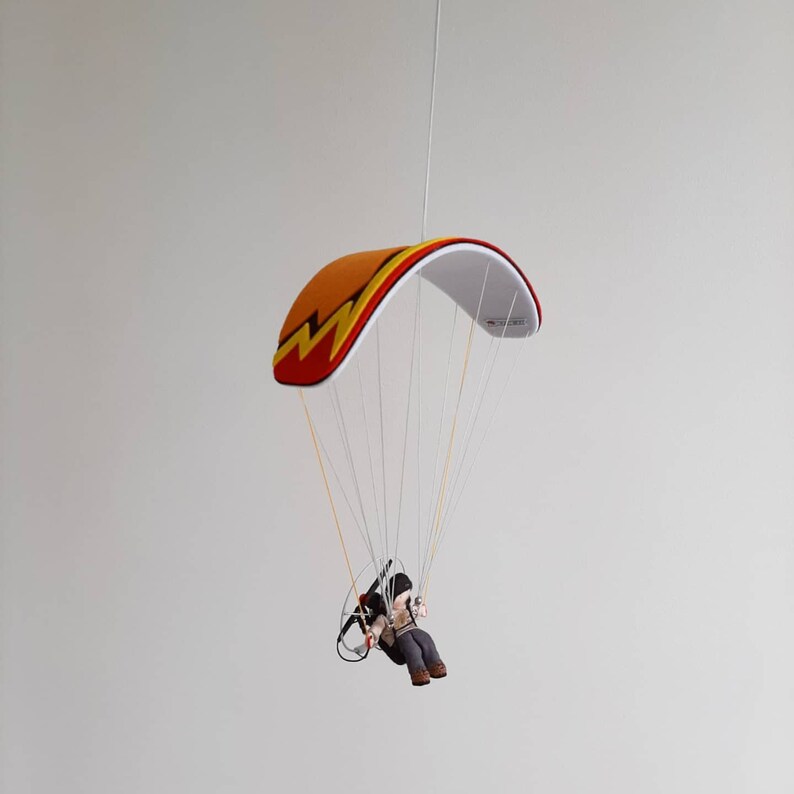
Note: If time allows, have each team representative throw his/her glider one at a time so that all students can observe the flight of the gliders.Record in the class data table the time aloft for each team and average the times. Repeat this process to find the average time aloft with the other half of the teams and using the stopwatch.Measure how far each glider traveled and record in the class data table, then average the distances. Have half of the teams complete a distance test with the basic gliders: have team representatives stand in a central location, and throw the gliders.Have each team select a "representative" to assemble one glider to become the "basic" glider used for control testing.Determine baseline controls: To begin, have the class establish the controls: the average distance traveled and average time aloft for a basic glider.Organize the class into groups of four students each.Make an overhead transparency of the Class Data Blank Table Overhead.Make copies of the Balsa Glider Competition Worksheet, one per student.
#Paraglider models typesy plus#

(As necessary, review with the class the four forces that act on airplanes-lift, weight, thrust and drag. This is called the independent variable or the variable (part) of the glider that we will be changing as engineers. From the information we have learned on the four forces of flight (Who can name them? Answer: lift, weight, thrust and drag), we are going to modify the wings of our glider. To do this, we are going to look at what the normal time (or, control time) of a balsa glider's ability to travel a distance and to stay aloft. Today, we are going to act as if we are engineers who are designing gliders that can either travel a long distance or stay airborne for a long time. How many of you have ever made a glider out of balsa wood? (If possible, show an example of the models they will be making or show them what the balsa wood looks and feels like.) What makes balsa a good material for glider model design? (Possible answers: It is very light, easy to cut and alter and inexpensive.) Gliders can have all the same parts as an airplane, but use the wind-instead of fuel-for power. What is the difference between a glider and an airplane? (Listen to student ideas.) A glider is any aircraft that flies without an engine. They once created a model kite that could carry a 10-year-old boy!

At a smaller scale, they played with wing shapes and sizes to see how much kites and gliders could carry. These early inventors and engineers-such as the Wright Brothers-began with building model kites and gliders to learn about flight patterns. Early designers did not just begin by building flying machines and racing about in them-that would have been far too dangerous. Building models was an early method used by the pioneers of aviation. Balsa models are not just toys: engineers also create models of their designs before building the real, full-sized craft or product. International Technology and Engineering Educators Association - Technologyīuilding and flying balsa airplane models is an excellent way to learn about airplane construction and flight.

Relating the choice of measures of center and variability to the shape of the data distribution and the context in which the data were gathered. Giving quantitative measures of center (median and/or mean) and variability (interquartile range and/or mean absolute deviation), as well as describing any overall pattern and any striking deviations from the overall pattern with reference to the context in which the data were gathered. Summarize numerical data sets in relation to their context, such as by:ĭescribing the nature of the attribute under investigation, including how it was measured and its units of measurement. Models of all kinds are important for testing solutions.Īlignment agreement: Thanks for your feedback! The iterative process of testing the most promising solutions and modifying what is proposed on the basis of the test results leads to greater refinement and ultimately to an optimal solution.įluently divide multi-digit numbers using the standard algorithm. This activity focuses on the following Three Dimensional Learning aspects of NGSS:ĭevelop a model to generate data to test ideas about designed systems, including those representing inputs and outputs.Īlignment agreement: Thanks for your feedback! Develop a model to generate data for iterative testing and modification of a proposed object, tool, or process such that an optimal design can be achieved.Ĭlick to view other curriculum aligned to this Performance Expectation


 0 kommentar(er)
0 kommentar(er)
